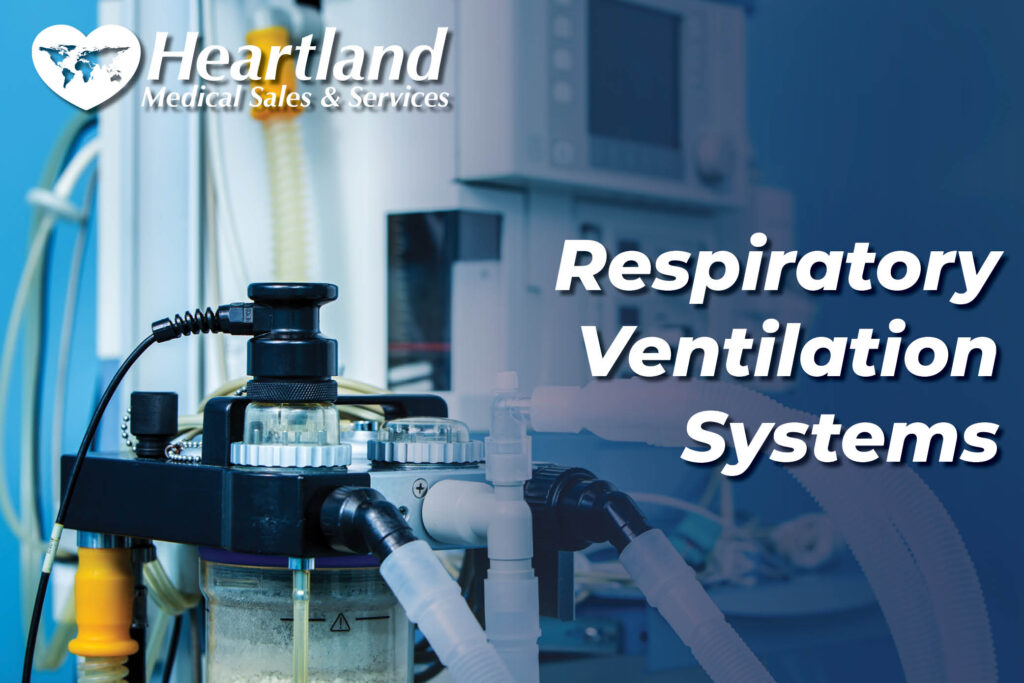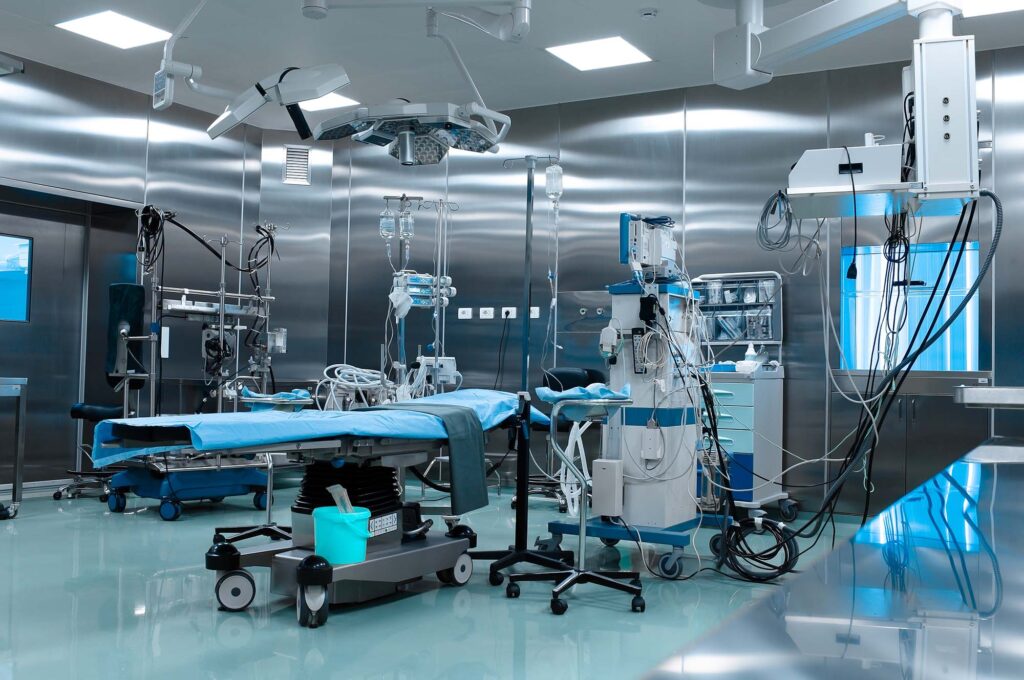One of the first ventilators was invented in 1838, and it was a negative pressure ventilator. Since then, respiratory ventilation has progressed so much, and it continues to do so.
But what types of respiratory ventilators are out there right now?
If you want to make sure that you’re using the correct type of ventilator for your patient, make sure that you keep reading to learn about the different technologies and what ventilator is best.
Positive Pressure Ventilator
A positive pressure ventilator became popular in the 1950s to treat patients with polio. It’s designed to help patients with respiratory paralysis.
The ventilator will blow air into the patient’s lungs through a tube. These can either be invasive or noninvasive.
Invasive Ventilation
With invasive ventilation, they’ll either do a tracheostomy or endotracheal intubation. With a tracheotomy, the doctor will make a hole in the airway and insert a tube through it.
With endotracheal intubation, the tube will be inserted into the patient’s airway through their nose or mouth, but they won’t have to make another airway.
Noninvasive Positive Pressure Ventilator
A noninvasive positive pressure ventilator (NIPPV) will deliver the positive pressure ventilation through a mask that will cover the patient’s nose and mouth. However, some masks will cover just the nose.
Patients who suffer from COVID-19 may use a face mask ventilator if they can’t breathe well or aren’t getting enough oxygen. Some people even use these types of ventilators for chronic conditions, like a pulmonary disease.
The air volume can be controlled this way, and doctors will often use it for patients who are spontaneously breathing. You can use it to give end-expiratory pressure. However, you can also use it as continuous positive airway pressure (CPAP) or bilevel positive airway (BiPAP) pressure.
Regardless of what mode you choose, the airway is not protected or covered up, so you can do aspiration if necessary. You shouldn’t use this method if you have unstable patients who might swallow too much air. Swallowing too much air can be dangerous and lead to aspiration.
NIPVV is typically used for outpatients. For example, a patient can have a CPAP at home to help with their snoring. However, a doctor will have to prescribe this machine to the patient.
Negative Pressure Ventilation
Negative pressure ventilation was one of the earliest ventilators on the market. However, they aren’t used very much today.
For example, the iron lung was the first type of negative pressure ventilator. It was a metal cylinder that completely covered a person’s body up to their neck, and it would breathe for them.
There was also a chest cuirass, a small shell that you could strap to a patient’s chest. This would create negative pressure and simulate breathing for them.
Pressure-Cycled Ventilator
You may also be able to find a pressure-cycled ventilator that will deliver a set of inspiratory pressure. Three different modes come with this type of ventilator: pressure control ventilation, pressure support ventilation, and noninvasive modes like a face mask.
You can control the volume depending on the elasticity and resistance of the patient’s respiratory system. These ventilators limit the distending pressure in the lungs, so this mode can really help patients with acute respiratory distress.
If you use pressure control ventilation, you’ll just have a pressure cycled form. Each inspiratory effort will be set beyond the sensitivity to deliver full pressure support that continues for a set time. There is also a minimum respiratory rate that it’ll maintain.
There is no minimum rate set with pressure support ventilation, and breaths will be triggered whenever the patient needs to breathe. The ventilator ensures that they are getting a good pressure flow at a constant level.
An algorithm will determine what level to trigger it at if they fall below it. A longer and deeper inspiratory effort will mean that the ventilator will give a larger volume of air.
This mode is often used to give patients a break from mechanical ventilation and let them use it on their own. However, there still needs to be studies done to see if this is more effective than mechanical ventilation.
Mechanical Ventilator
A mechanical ventilator takes over the entire breathing process, and doctors will use this when a patient is unable to breathe on their own. They will put a tube down the person’s throat and pump air into their lungs to take the carbon dioxide away.
The ventilator will also regulate the volume, temperature, humidity, and pressure of the air. The doctor can control those levels so that they can monitor the patient’s breathing.
If a patient with COVID-19 was very ill, the doctor would likely prescribe a mechanical ventilator. This machine takes care of the breathing so that the patient can recover and rest.
They’re often used for short-term surgeries, critically ill patients, or people at home who struggle to breathe normally.
Over the past twenty years, there have been new types of ventilators, and now they even use computer technologies. As technology continues, there will be even better models.
Discover More About the Different Types of Respiratory Ventilation
These are only a few of the different types of respiratory ventilation machines that you could get, but there are many more that you can get.
As technology advances, there are newer models and more exciting ventilation methods.
If you’re interested in buying one of these ventilators for your practice, check out our website! We have plenty of different models for you to choose from or fill-out our form below today for a free quote.
"*" indicates required fields




